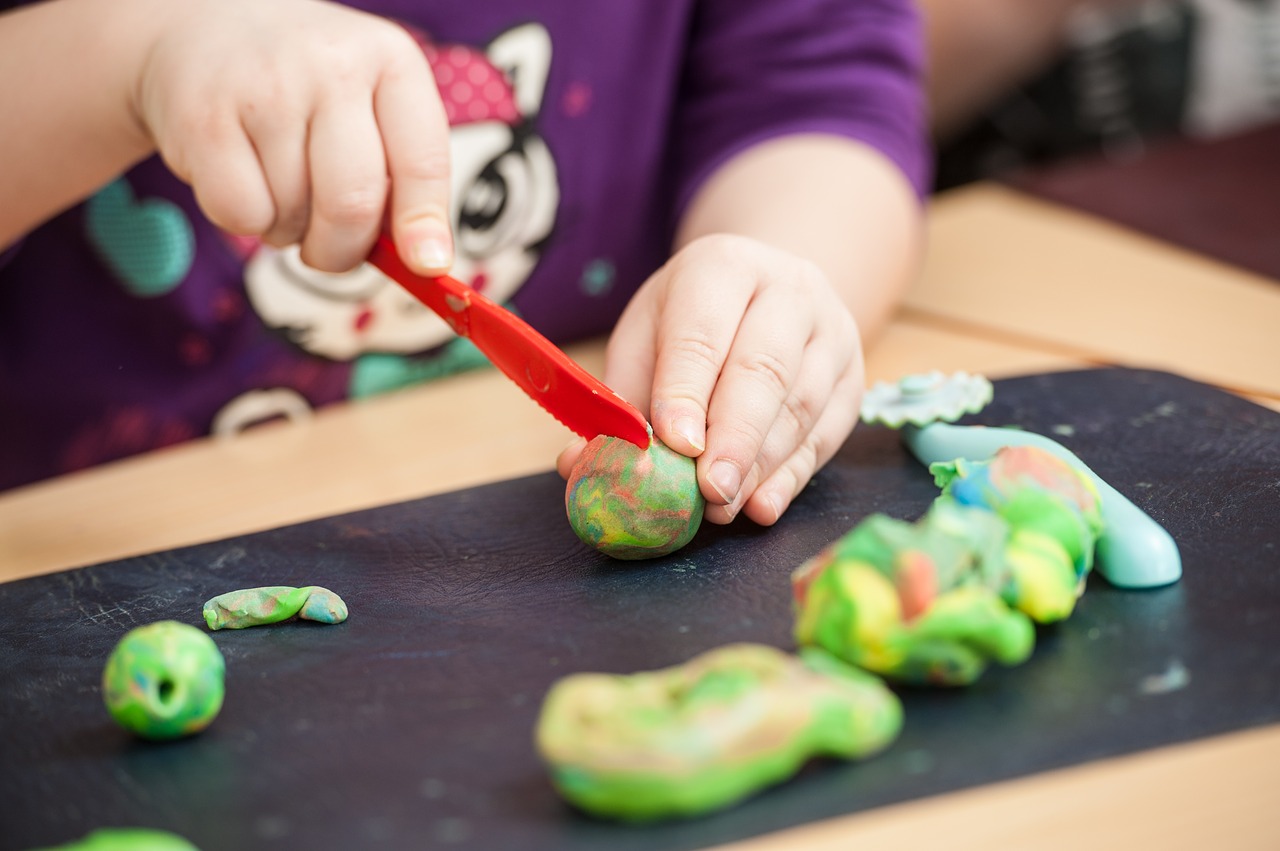
By: Gabriela Rodríguez
Hasbro’s Play-Doh smelling like a trademark
Think for a moment about the characteristic scent of the beach, and you will certainly associate it with vacations and a feeling of tranquility. Now let’s try the aroma of coffee, it probably evokes a morning at work. Last attempt, imagine “a unique scent formed through the combination of a sweet, slightly musky, vanilla-like fragrance, with slight overtones of cherry, and the natural smell of a salted, wheat-based dough”, would you think of Play-Doh, the most famous children’s clay?
Hasbro has submitted an application to the US Patent and Trademark Office to trademark the distinctive fragrance of Play-Doh, the same that has been used since 1955. As part of this application process, in addition to describing the fragrance, a container of Play-Doh was sent to the USPTO.
Since marks are normally understood as graphic signs, the marks consisting of sounds, smells and textures are referred to as “non-traditional”. According to the World Intellectual Property Organization, to register particular aromas as a trademark, it must be shown that they do not make up the product itself nor result from its own nature, but distinguish it from others; in addition to this, it must be represented in a visual way, which is usually the great Achilles heel of this non-traditional marks because it is complicated to graphically represent a smell.
Even so, in the United Kingdom, the scent of newly mown grass for a Dutch company’s tennis balls was successfully registered, as well as a floral fragrance for tires. Also in the United States, in 1990, after an appeal to the US Patent and Trademark Office, a scent mark registration was issued for a floral fragrance as a distinctive sign for sewing thread and embroidery yarn.
In conclusion, we can only point out that we undoubtedly agree with Lee Curtis, a partner and chartered trademark attorney at law firm HGF, who stated that “Hasbro’s trademark application shows that the use of smells in branding, and companies desire to protect them is increasing.”
—
Sources:
- Photo by elkimmelito- pixabay.com/ CC0 1.0
- John Wadsworth (2017). Toy giant Hasbro is trying to trademark the smell of Play-Doh. United Kingdom. Retrieved from http://www.independent.co.uk/ service/contact-us-759589.html
- Amanda Ciccatelli (2017). Hasbro Filed to Protect PLAY-DOH Smell. United States. Retrieved from http://www.insidecounsel.com/2017/03/02/hasbro-filed-to-protect-play-doh-smell?slreturn=1488545266
- OMPI. (2009) Olfato, oído, gusto – Los sentidos de las marcas no tradicionales. Revista de la OMPI, Número 1/2009. Retrieved from: http://www.wipo.int/wipo_magazine/es/2009/01/article_0003.html
- Jay M. Burgett (2009) Hmm…What’s That Smell? Scent Trademarks—A United States Perspective. United States. Retrieved from: http://www.inta.org/INTABulletin/Pages/Hmm%E2%80%A6What%E2%80%99sThatSmellScentTrademarks%E2%80%94AUnitedStatesPerspective.aspx







